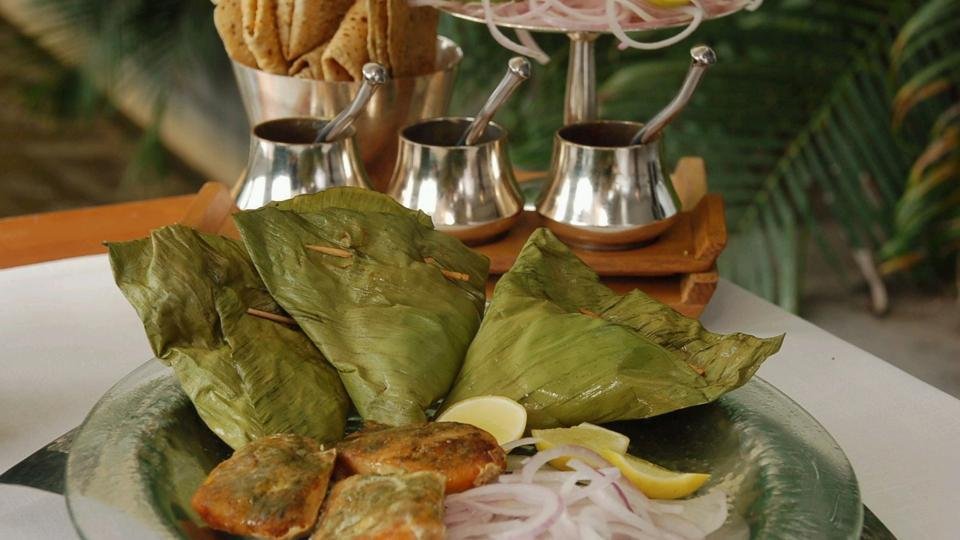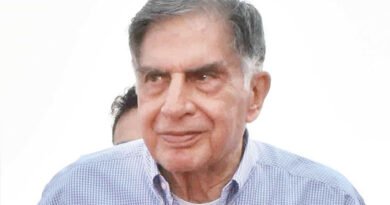Kunal Vijayakar on the culinary delights of a Parsi wedding
Salli chicken, patra ni macchi, and lagan nu custard. What’s not to love?
From December to February, it’s the wedding season. My anxiety starts as the watchman brings the first invite. The cost of most invites, gilded in gold, is usually worth my watchman’s salary. Most often, Neha and Prateik, children of Rajani and Dhyanchand, grandchildren of Damayanti and Gulabchand, are people who I don’t know, or haven’t met in 32 years.
The stress starts at the thought of my old suit not fitting, and the traffic. I glance at the bottom of the page in hope that it bears the legend, “No presents please”. I’m not cheap. It’s the demeaning act of standing in a queue, waiting to meet the bride and groom, that gets to me. And there’s only one thing at the end: a rude photographer asking you to squeeze a bit closer to the mother-in-law, smile, and get the hell out of the way.

But there is a silver lining to the wedding season: an invitation with a Farvahar (a Zoroastrian symbol) emblazoned in gold on the envelope. It’s the call to a Parsi wedding. A Cyrus or Darias, Tehmina or Burzin, Minocher or Kaikushroo, is getting married. And you cancel all appointments to make it there.
Parsi weddings (lagan) usually take place at a baug or at an agiary. My favourite is the Colaba Agiary or the Seth Jeejeebhoy Dadabhoy Agiary and Baug. It’s over 180 years old and on the sea, at the end of Colaba. When festooned with lights and flowers, it looks straight out of a fairy tale.
Which brings me to the highlight: lagan nu bhonoo, or the wedding feast. If the food is being catered by the legendary Tanaz Godiwalla, you shouldn’t miss it.
It’s nearly always a sit-down meal, served on banana leaf. It’s served in courses by an army of waiters choreographed by the caterer’s assistant. It always starts with the drinks. Raspberry, mango, ginger and pineapple, followed by lagan nu achaar (a pickle of dry fruits and carrots), sarias (long white wafers), and rotli (a flatbread). The service is impersonal and quick, but the family will come around to ensure you are eating well.
Then comes the chicken. Salli chicken, atheli margi or khara chicken with salli. A small battle can ensue as most Parsis demand a pagh, or the leg piece. By the time you start attacking the chicken, the fish arrives.
Saas ni macchi is an unusual dish: nearly a whole pomfret cooked in sauce. The saas is sweet and sour, slightly hot, with sugar and vinegar, and eggs. Or patra ni macchi: pomfret steamed with green chutney in banana leaf packets.
My favourite is kid gosht (mutton in a mild white coconut curry). A thickened caramel custard or lagan nu custar is served mid-meal, followed by either chicken farcha (egg fried chicken), aleti-paleti (a mix offal grill), bharuchi akuri (scrambled eggs with dry fruits), or a thick prawn patia (sweet, spicy prawn). The meal always culminates in a palao-daar (mutton pulao with masala daal).
Weddings are a happy occasion for the couple. Parsi weddings are a happy occasion for me.
Author and TV show host Vijayakar is “always hungry”. He tweets as @kunalvijayakar





